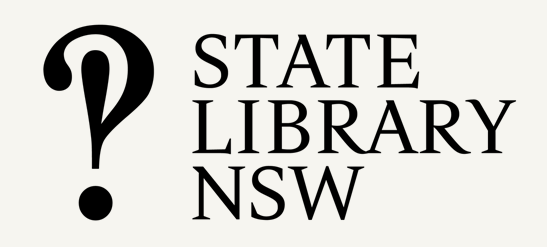NSLA libraries have a range of different approaches to the management, arrangement and description of unique heritage collections (in contrast to bibliographic materials which are managed and described in quite standardised ways). This has an impact on discoverability across the NSLA libraries, as users need to learn and adapt to a number of different systems and models in order to find materials. Enabling discovery at scale across institutions is also more challenging because of this variety.
In addition, the level to which heritage collections are visible outside of each library’s specific search interfaces (and even within them) varies widely. Some collections are exposed to search engines and aggregators like Trove, and some are not. Some are not even visible to library users at all, and cannot be discovered without consulting with library staff.
As a result, library users need to navigate a number of challenges in order to discover heritage collections at NSLA libraries, including:
- knowing of the existence of many separate repositories
- interacting with multiple incompatible systems
- investing considerable time and effort
- accepting that there is no convenient way of gathering together all of the resources they select
- accepting the likelihood that useful resources may remain undiscovered.
There is no one right way of enabling discovery of heritage collections. However, ultimately discoverability in our current environment is dependent on three things:
- Data – data can be interpreted very broadly, and includes structured metadata such as catalogue records (descriptive information about the content, context and form of collections, but also administrative and technical information); unstructured metadata such as paper finding aids, MS Word collection listings; and the structured or unstructured data that forms the collection itself (e.g. full-text of a textual resource or encoded pixels of a digital photograph).
- Applications – something for users to interact with, which makes use of the data. This may include local catalogue interfaces, aggregators such as Trove, search engines, or bespoke platforms aimed at facilitating discovery, interpretation or experiences of particular items or collections.
- People – users who are able and willing to interact with the application and the data.
The overall aim of the following principles is to improve discoverability for all NSLA heritage collections.
Principles
- Online discoverability of collections is dependent on the availability of data (in its broadest meaning) of or about the collections. Some level of structured data should be available for all public or open collections.
- Collections data and metadata should be able to be exposed to as many channels as possible and appropriate. This may include data aggregators such as Trove, search engines, and to users of data through APIs (application programming interfaces).
- Each NSLA library’s practices for generating descriptive metadata for collections should be well understood and documented.
- Collections data does not need to be in the same form at each NSLA library. However, for the purposes of discoverability and use it is of benefit if collections data can be interoperable. Interoperability allows data to be mapped, exchanged or transmitted in a consistent way, and enables data from different institutions to be used in the same application.
- Ideally, each NSLA library’s practices for generating descriptive metadata for collections should align with standards appropriate to the collection; and approaches to structuring, encoding and transmitting metadata should align with or be mappable to standard practices in the industry.
- Collections should be locatable and accessible at minimal cost to users.
- The rich content within collections (e.g. full text) is also data which can be leveraged for discovery.
- Search and access interfaces should be usable and accessible. Specialist knowledge from the user should not be required in order to make sense of an interface.









